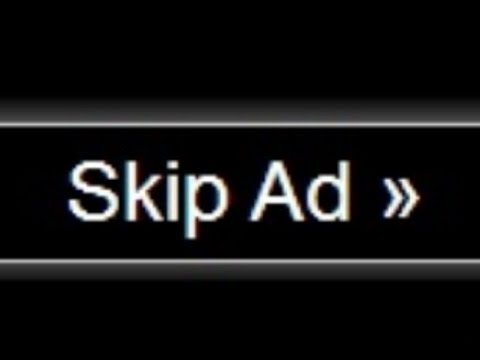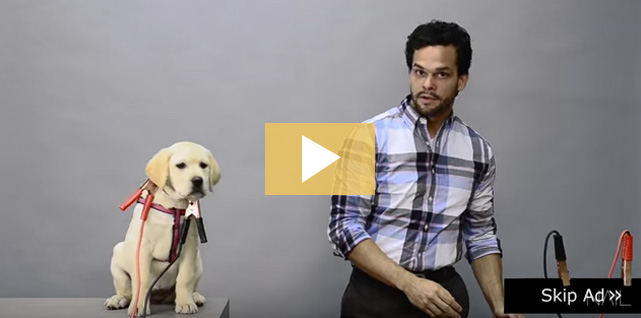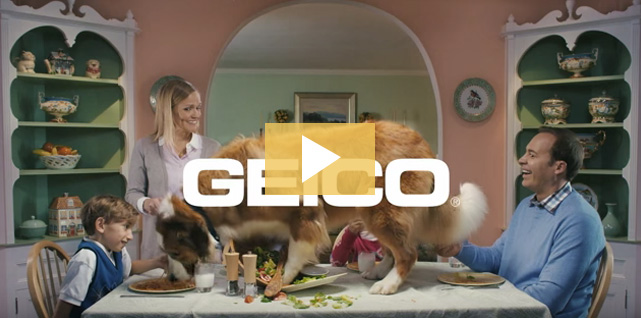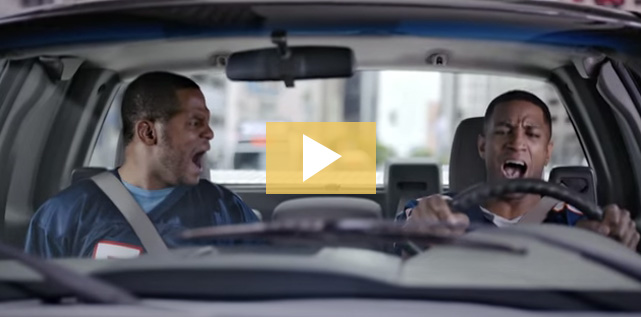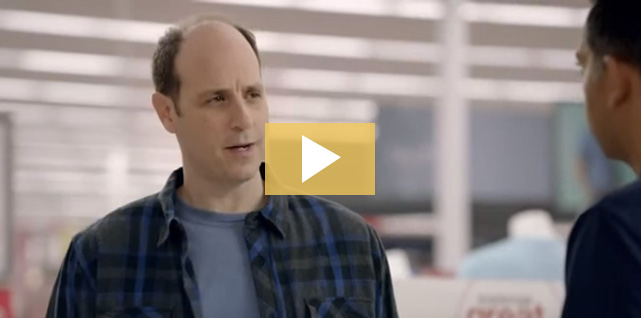We have all been there. Finger hovered over our phone screen, cursor in the perfect position, just waiting for that “Skip Ad” button to show up so we can watch the YouTube video we looked up. Clearly, in the advertising world, this is not our goal. So how do we keep people from skipping over the ads we spend days, weeks or even months creating?
Try these 5 ways to get your ad in front of your audience.
#1 – Don’t kill puppies. While we don’t condone killing anything, acknowledge that the viewer wants to skip the ad. NAIL Communications lives up to its name, nailing this tactic in their Preroll ad. By acknowledging that the viewer has the urge to skip, as well as relying on emotion for the puppy, the viewer actually becomes engaged, and many times will continue watching.
#2 – Make an “unskippable” ad. Ads are skippable after the first few seconds. Getting your content into the first 5 seconds makes your message basically “unskippable.” This doesn’t mean to make a 5-second ad; just make sure to get your content in front of your audience immediately. This GEICO ad executes this approach flawlessly.
#3 – Deliver a call to action early. This ad tells the viewer exactly who they are and where to find their product in the first 10 seconds. The viewer’s attention has been piqued, ready to be directed to the name of the company and how to find them.
#4 – Change narrative before the skip option appears. In this AutoZone ad, the narrative switches from serene to frantic in the first few seconds, prompting the viewer to continue watching and find out what is going on. The use of the two men suddenly screaming is an effective way to grab attention. While viewers might not be told what the situation was at the beginning of the ad, they watch, therefore taking in the message that AutoZone wanted to deliver.
#5 – Hook the viewer with dialogue. This was brilliantly done by Kmart to highlight its shipping to store service. By using a play on words, the first thing the viewer hears is, “ship my pants.” Viewers do a double take to make sure they heard what they thought they heard. As more actors blurt out what else they “shipped,” such as drawers, clothes and a bed, the viewer continues watching for the humor value, thus getting the message.

